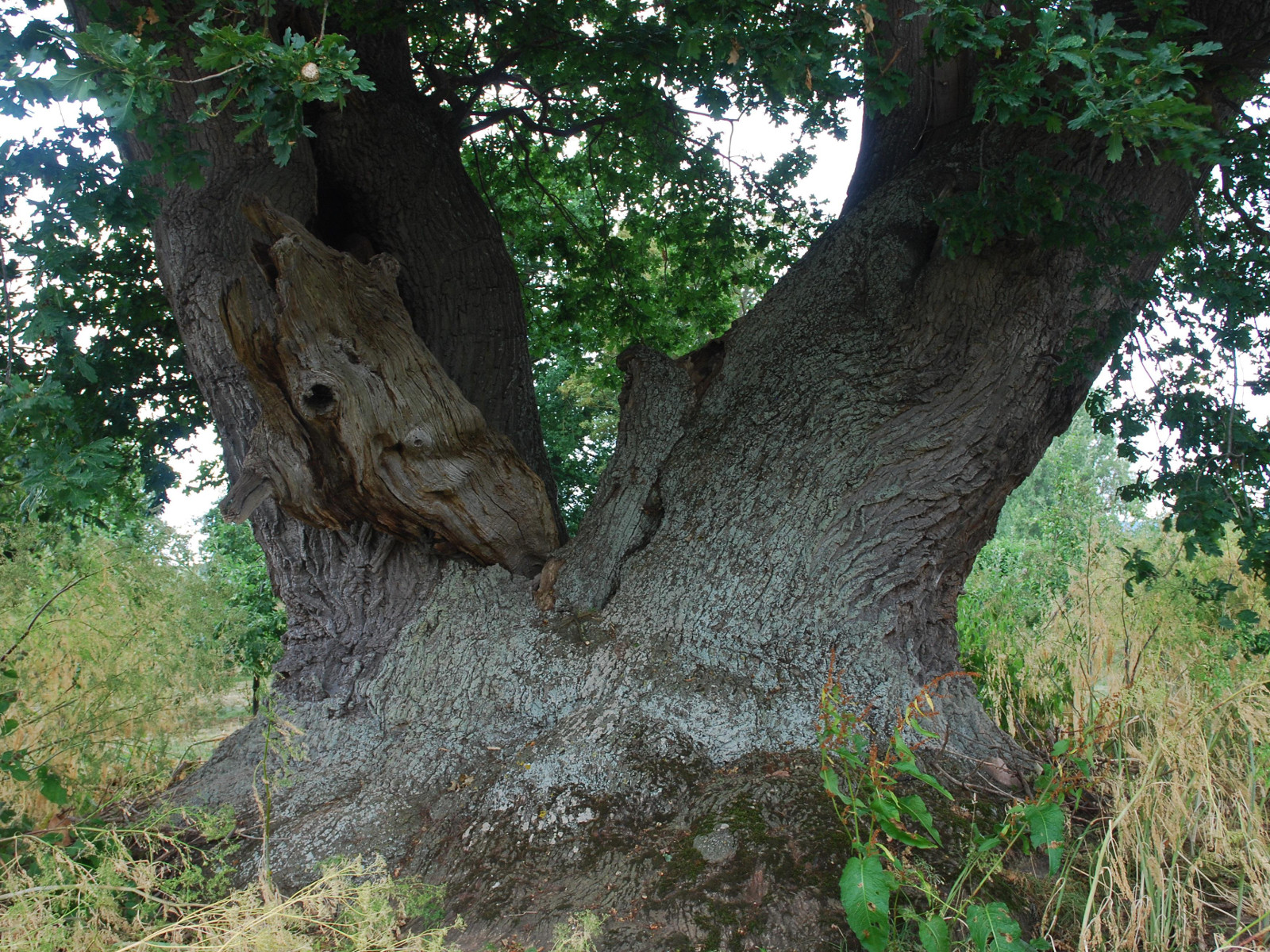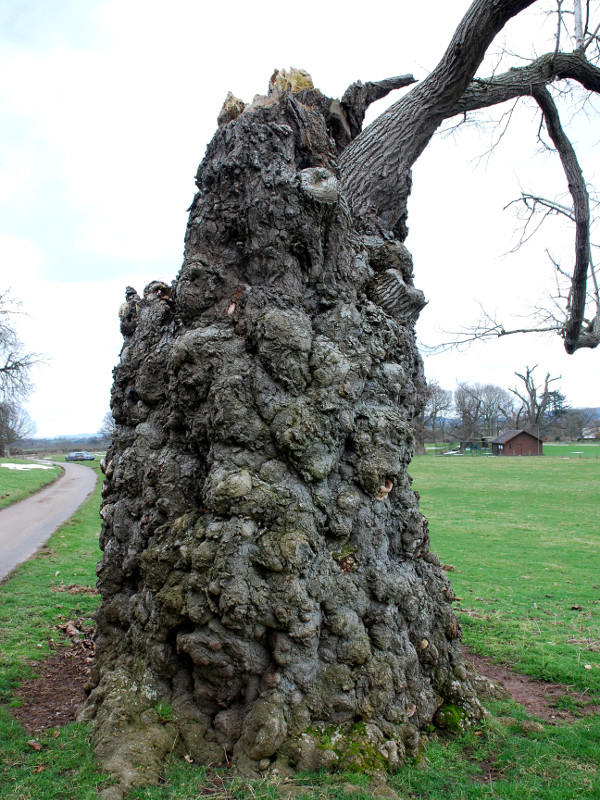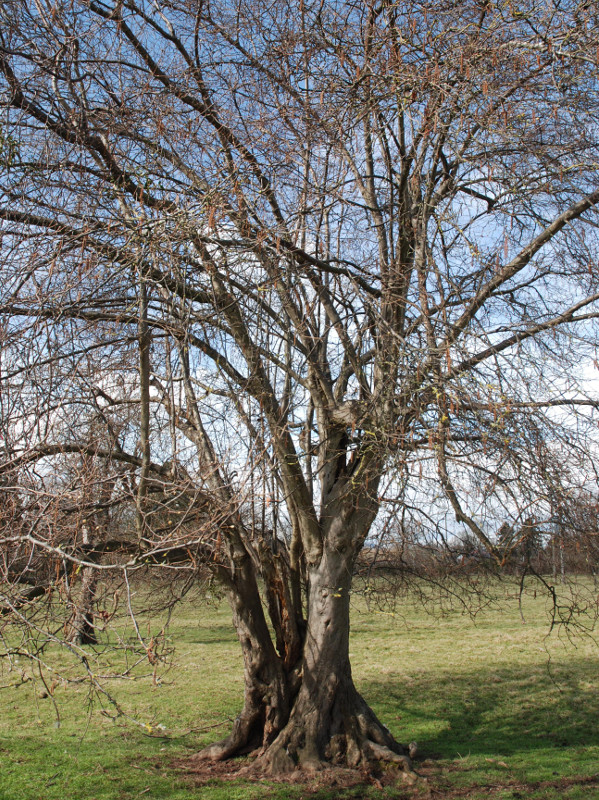Spotlight on a top site
David Alderman, 13/11/2018
So many remarkable trees are recorded onto the Ancient Tree Inventory it’s difficult to choose the top ones, but a particular site in Herefordshire stands out.
Top volunteers too
Garnons Estate, west of Hereford, has only been visited a couple of times by tree recorders in the past, due to its privacy. Reassurance and encouragement by Brian Jones to the landowner provided the opportunity to undertake an extensive survey this year, at agreed times.
Helped by Gareth and Verena Bowen, the trio of Ancient Tree Verifiers completed recording in September, resulting in a total of 499 trees (I can see one more being found and recorded very soon!)
High value trees
With 26 ancient, 377 veteran and 168 maiden/pollarded trees of 4.71m girth, or larger, the site exceeds the criteria required by Natural England for being of high value status for its wildlife habit, just for its trees!
The majority of the trees at Garnons are parkland and hedgerow oak but with some equally impressive sweet chestnut and exceptional yew trees growing within woodland.
Permission gave them access to the wider estate and so the map looks impressively scattered with trees beyond the immediate parkland in front of Garnons House.
A fantastic achievement from this group of Herefordshire Ancient Tree Verifiers!
A colossal oak

Two trees or one? This open grown parkland oak survives today in an orchard. (Photo: Gareth Bowen)
Now standing within a modern productive orchard, this oak has an impressive pedestal of over 10m in girth supporting two main stems. It’s impossible to know, or understand, how a tree has evolved into what we see today.
Gareth records this as: “Possibly two trees but local knowledge states it was one tree that split. One stem 5.64m, the other stem 6.64m, at 1.50m.”
A knobbly stump

Hanging on, an ancient small-leaved lime. (Photo: Verena Bowen)
A very knobbly stump along the entrance drive has surprisingly survived and when it came into leaf was confirmed to be a small-leaved lime.
A woodland yew
Within the woodland there were more surprises. Huge sweet chestnut, sycamore and several very old yew trees. Among these records was the largest non-churchyard yew in Herefordshire.

A close up of the small-leaved lime tree shows how knobbly the bark is. (Photo: Verena Bowen)

The largest non-churchyard yew tree in Herefordshire. (Photo: Brian Jones)

This magnificent hazel may have been part of a boundary to an orchard. (Photo: Verena Bowen)
Not just big trees
But it’s not all about big trees at Garnons! A magnificent hazel appears to have been part of the boundary to an orchard. Although trees producing good nuts would have been much prized and possibly originally retained for its crop. It could even have been part of a larger nuttery!
Add to the Ancient Tree Inventory
There are lots of trees to record onto the Ancient Tree Inventory. But you don’t have to find new records, you can add to the database by keeping the records we have up to date.
Take a look at what’s recorded near you, if you spot a record which can be updated click edit from the manage menu on the record (you’ll need to be logged in). This will allow you to edit the fields in that record.
The edited records are sent to the team of volunteers to be verified. By editing records you’ll be helping to keep the database alive.
